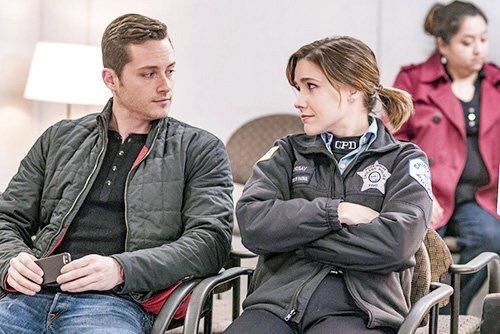
To truly grasp the multifaceted nature of a police officer’s day, it’s intriguing to consider it through the gripping, albeit sometimes heightened, realism of Chicago PD. While the show often focuses on the high-stakes investigations of the Intelligence Unit, it provides glimpses into the broader spectrum of challenges, responsibilities, and emotional complexities that define a day in the life of law enforcement.
Imagine starting a shift like an officer in Chicago PD. The briefing room buzzes with updates, potential threats, and reminders of the day’s priorities. This mirrors the real-world roll call where officers receive crucial information, discuss recent incidents, and prepare for the unpredictable hours ahead. However, unlike the show’s immediate plunge into major crime, a significant portion of a real officer’s day can involve routine patrols, traffic stops, and responding to a wide array of calls, many of which are non-violent but still require careful attention and de-escalation skills.
Through the lens of Chicago PD, we see the rapid shifts in intensity that officers experience. One moment, Detective Halstead might be calmly interviewing a witness; the next, he’s engaged in a high-stakes pursuit. While real-life officers may not encounter such extreme scenarios every day, the potential for sudden danger and the need to transition quickly from routine tasks to life-threatening situations is a constant reality. This requires a high level of alertness, adaptability, and the ability to remain calm under pressure – traits consistently portrayed in the show’s characters.

Chicago PD often highlights the collaborative nature of police work. We see the Intelligence Unit relying on each other’s expertise, from Atwater’s street smarts to Burgess’s empathetic approach. In reality, effective policing is a team effort. Officers depend on their partners, dispatchers, forensic teams, and other units to gather information, provide backup, and ultimately solve cases. The strong bonds and loyalty depicted in the show, while sometimes dramatized, reflect the crucial support system that officers rely on.
The show also doesn’t shy away from the emotional toll of the job. We see the characters grappling with the aftermath of violent crimes, the frustration of dead ends, and the moral weight of their decisions. This resonates with the real-world experiences of officers who are regularly exposed to trauma and must find ways to cope with the emotional residue. While Chicago PD might condense these emotional arcs into single episodes, the underlying reality of the psychological impact of police work is undeniable.
Consider a patrol officer’s day through the Chicago PD lens. One moment, they might be responding to a noise complaint – a seemingly mundane task. But as the show often illustrates, even routine calls can escalate unexpectedly. A simple domestic dispute can turn violent, requiring quick thinking and decisive action. This underscores the constant vigilance and preparedness required of officers, even in seemingly low-risk situations.
Furthermore, Chicago PD touches upon the complexities of community relations. While the focus is often on solving crimes, there are moments where characters like Platt interact with the community, showcasing the need for communication and trust. In reality, building positive relationships with the community is a crucial aspect of effective policing, requiring officers to be approachable, empathetic, and engaged with the residents they serve.
However, it’s important to acknowledge where the Chicago PD lens might diverge from reality. The show often compresses timelines and focuses on the most dramatic aspects of police work for entertainment purposes. A real day for many officers might involve more paperwork, administrative tasks, court appearances, and community outreach than what is typically depicted on screen.
Nevertheless, by analyzing “A Day in the Life of a Cop” through the lens of Chicago PD, we gain a valuable, albeit dramatized, insight into the core elements of the profession: the unpredictable nature of the work, the constant potential for danger, the critical importance of teamwork, the emotional toll it takes on individuals, and the crucial need for community engagement. While the reality may be less action-packed, the underlying dedication, resilience, and commitment to serving the public remain central to the daily lives of law enforcement officers.
